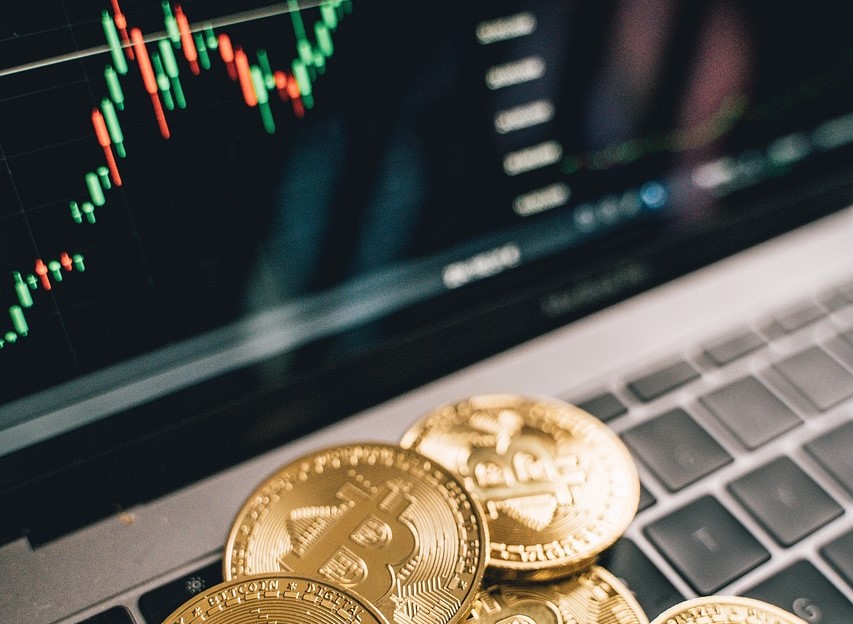Bitcoin, the world’s first cryptocurrency, has reached the six-figure milestone, trading at over $100,000. Once dismissed as a speculative tool for cypherpunks, Bitcoin’s rise marks a historic shift in its role as a global financial asset.
From its early days as a niche experiment in 2009, Bitcoin has endured cycles of growth, volatility, and skepticism. Each wave of doubt was met with a resurgence, leading to this moment in 2024 when the digital currency broke barriers and entered mainstream finance.
The Path to $100,000: Crashes and Comebacks
Bitcoin’s journey to $100,000 has been anything but smooth. After reaching $1,000 in 2013, it tumbled to $200 in 2014 following the collapse of Mt. Gox, then the world’s largest Bitcoin exchange. By December 2017, Bitcoin soared to nearly $20,000 amid the initial coin offering (ICO) boom, only to crash to $3,200 the following year due to regulatory crackdowns and market corrections.
Subsequent years saw Bitcoin rise to $63,000 in 2021, driven by institutional interest and adoption by companies like Tesla. However, regulatory pressures and events like China’s mining ban and the collapse of FTX in 2022 sent Bitcoin spiraling to $15,000.
The year 2024 marked a turning point. The approval of spot Bitcoin ETFs by the U.S. Securities and Exchange Commission in January opened doors for institutional investors, while the election of crypto-friendly President Donald Trump further bolstered market sentiment.
“Factors like ETF accessibility and corporate buy-ins have propelled us to this point,” said Justin d’Anethan, a Hong Kong-based market analyst. “Bitcoin’s role as a hedge in de-dollarizing economies also adds to its appeal.”
A New Era of Mainstream Acceptance
Bitcoin’s $100,000 milestone signifies its evolution into a recognized asset class. Institutional adoption has grown, with corporate treasuries and pension funds increasingly allocating resources to Bitcoin.
This institutional shift has occurred alongside a growing belief in Bitcoin as a hedge against inflation and a safe haven amid economic uncertainty. The dollar's declining dominance in BRICS economies has also positioned Bitcoin as an alternative reserve currency.
Despite its success, Bitcoin’s future remains uncertain. Corrections are inevitable as the market adjusts to new highs. Regulatory challenges and potential black swan events could test its resilience once again.
“For now, Bitcoin’s trajectory seems upward,” said d’Anethan. “But as history shows, this asset is rarely predictable.”
































Comment 0